6 Professional Tips for Photographing at Festivals
Pro photographer Richard I’Anson shares his top tips on how to fully capture the color, costumers and crowds at any festival spectacle.
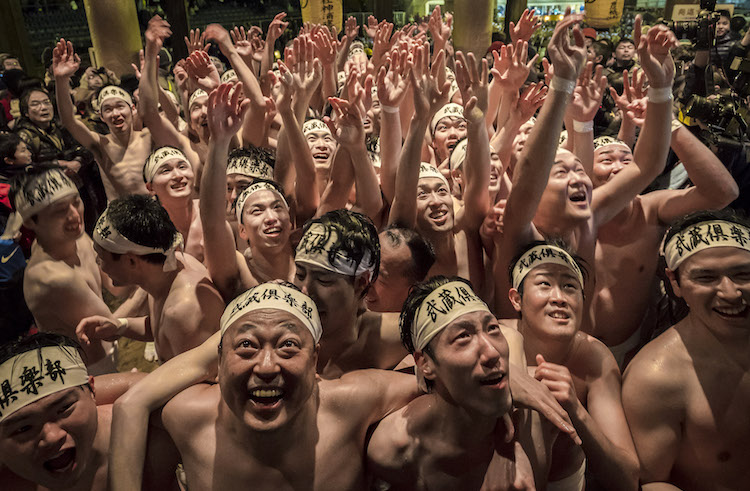 Photo © Richard I'Anson
Photo © Richard I'Anson
The spectacle, color and crowds that are the hallmarks of festivals around the world make them a great subject for travel photography. They offer the chance to see a completely different side to the people in the place you’re visiting.
Many people dress up for the event, either in their best clothes, traditional dress or just for fun in whacky gear. You also find people are generally more relaxed, in high spirits, and very happy to be photographed. Take advantage of the crowds and festive atmosphere to mingle with the locals and get in close to the action.
- Location
- Portrait Opportunities
- Dealing With Crowds
- Gear Safety Tips
- Parades and Processions
- Lighting
Location, location, location
At seated events, getting close to the action can be difficult and a telephoto or long zoom lens is essential. If you’re stuck in one place or the participants are moving, focus on around a stage, and wait for the action to come to you.
Infuse variety into your shots by varying focal lengths and framing horizontally and vertically. Remember to turn your lens on the spectators who also make great subjects as they watch and react to the proceedings.
Looking for portrait opportunities
Fancy costumes and traditional dress is a feature of most festivals. Interesting images can be made by getting in close and filling the frame with colors, and patterns, and focus on the unique features of the participants’ clothing. These shots can be done quite unobtrusively and successfully with lenses in the 150–200mm focal length range.
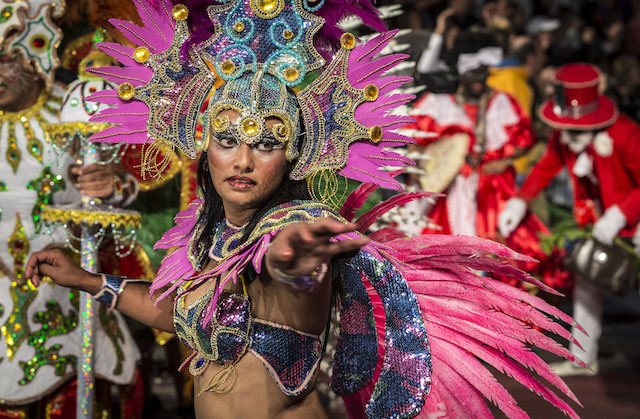
Dealing with crowds
The bigger festivals can be particularly intense as they attract large crowds into finite spaces, hemmed in by buildings, roads, barricades and ropes. Crowd control is obviously an issue for the organizers and getting close to the action can’t be guaranteed. Arrive in the vicinity early for the chance to get your bearings of the area, check out possible vantage points and confirm basic facts with organizers or knowledgeable locals, such as start and finish times and the timing of scheduled events. Secure a seat if necessary.
Remember that festivals in urban areas can cause traffic chaos and that crowd control may close roads around the focus of activity. It’s better to be in position a little early than too late, so allow extra time to get to the event.
Gear safety tips
You really do need to step up your level of vigilance to ensure your gear is safe when you’re in crowded situations. When you’re caught up in a large throng, wear your day pack on your front or your shoulder bag across your body and swing it in front of you. Make sure it’s properly closed. You’ll need your camera around your neck for ease of access and speed of capture, but this is probably safer than continually having to open and close your bag to get it out and put it away.
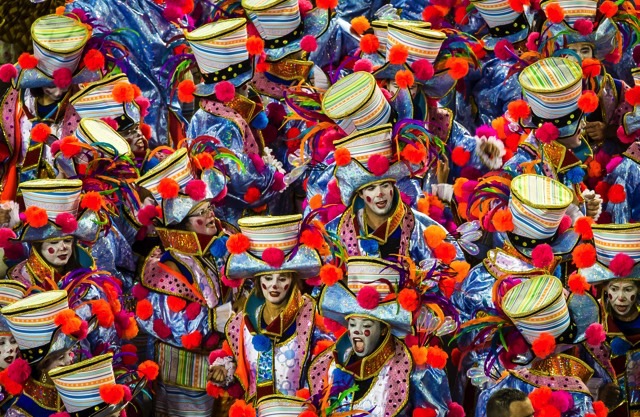
Parades and processions
Parades and processions are often a feature of festivals, like the Gion or Aoi Matsui, and are particularly demanding subjects in their own right. By their very nature (they’re moving) you don’t get a lot of time to think, compose and shoot.
Big, organized parades attract big crowds and routes are often roped off, making it difficult to move around quickly.
Find your light
When you’re selecting viewpoints, consider the direction of the sun and the background possibilities in relation to the direction of light. You don’t want to find yourself looking into the sun or at a jumble of power lines, unable to move.
Where possible, try walking with the parade. This will give you the opportunity to concentrate on the elements you find most interesting and to try various viewpoints. For more informal shots and great opportunities to get really close, seek out meeting places where the participants gather before and after the event. This is a great time to take portraits of people in costume, which is difficult while the parade is moving.
This is an extract from Richard’s book Lonely Planet’s Guide to Travel Photography. For more information go to the Lonely Planet Shop
Related articles
Simple and flexible travel insurance
You can buy at home or while traveling, and claim online from anywhere in the world. With 150+ adventure activities covered and 24/7 emergency assistance.
Get a quote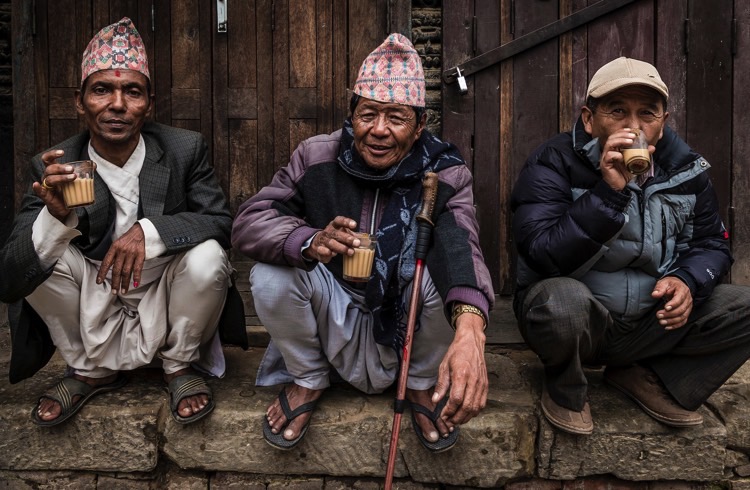
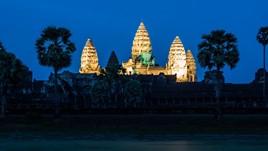
No Comments